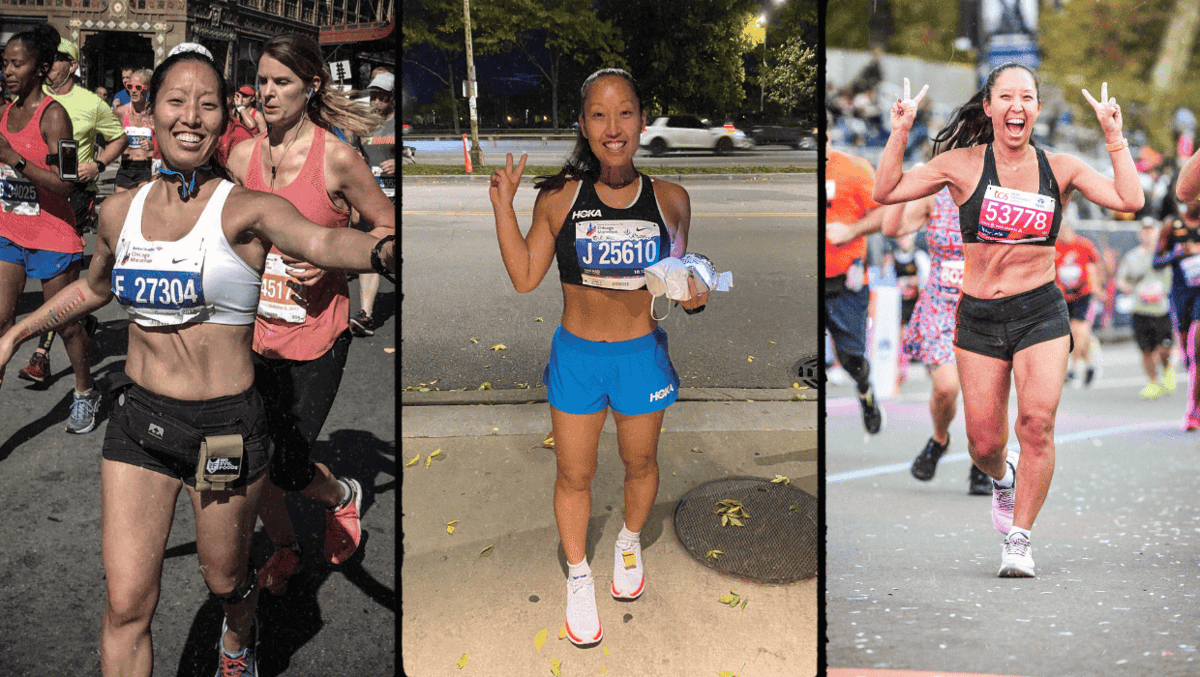Navigating food labels in Japan can feel like decoding a secret language, even if you’ve been here for years.
Once you finally figure out how to read Japanese food labels, there’s still that long list of mysterious ingredients that pop up after the slash mark (/). What even are half of these things? Are they safe? Necessary? For example, why does an onigiri (rice ball) with no filling, literally just a ball of white rice, have so many things after that slash mark? If you’ve ever found yourself wondering about Japanese food additives, you’re not alone.
Here’s your no-stress, savvy guide to understanding what’s actually in that already-made bento box, that family pack of senbei (rice crackers) or even your kid’s favorite snack from the convenience store.
Before vs After The Slash

Image: Shelley Smith
To put it as simply as possible, when it comes to Japanese food labeling, keep these key differences in mind:
- Ingredients before the slash ( / ): Main food components (e.g., flour, sugar, oil)
- Ingredients after the slash ( / ): Food additives (食品添加物; shokuhin tenkabutsu)
This labeling system is part of Japanese food safety regulations designed to provide clarity when shopping for food products. Learning how to spot and understand additives in Japanese foods can help you make healthier, more informed choices.
What Are Food Additives For?

Image: iStock: Yuto photogra
Food additives are substances added to foods for various reasons, including:
- Preservation
- Texture
- Color
- Flavor
In Japan, the list of approved additives includes both natural and synthetic ones. Some are totally harmless — or even helpful — while others raise eyebrows.
Are Additives in Japanese Foods Safe?
The short answer is mostly yes, at least in the quantities allowed. Japan has fairly strict food safety laws and a list of approved food additives managed by the Ministry of Health, Labour and Welfare. However, those who are more health-conscious may try to avoid artificial additives.
Common Japanese Food Additives
Click here to read more.
© Savvy Tokyo











 English (US) ·
English (US) ·